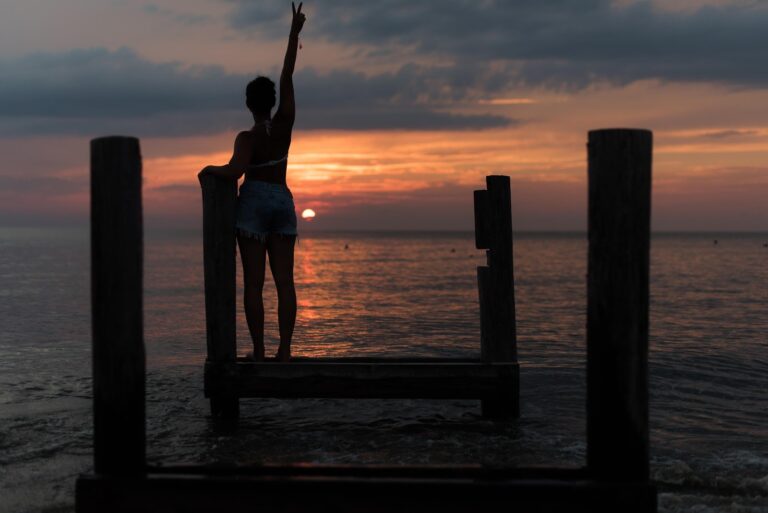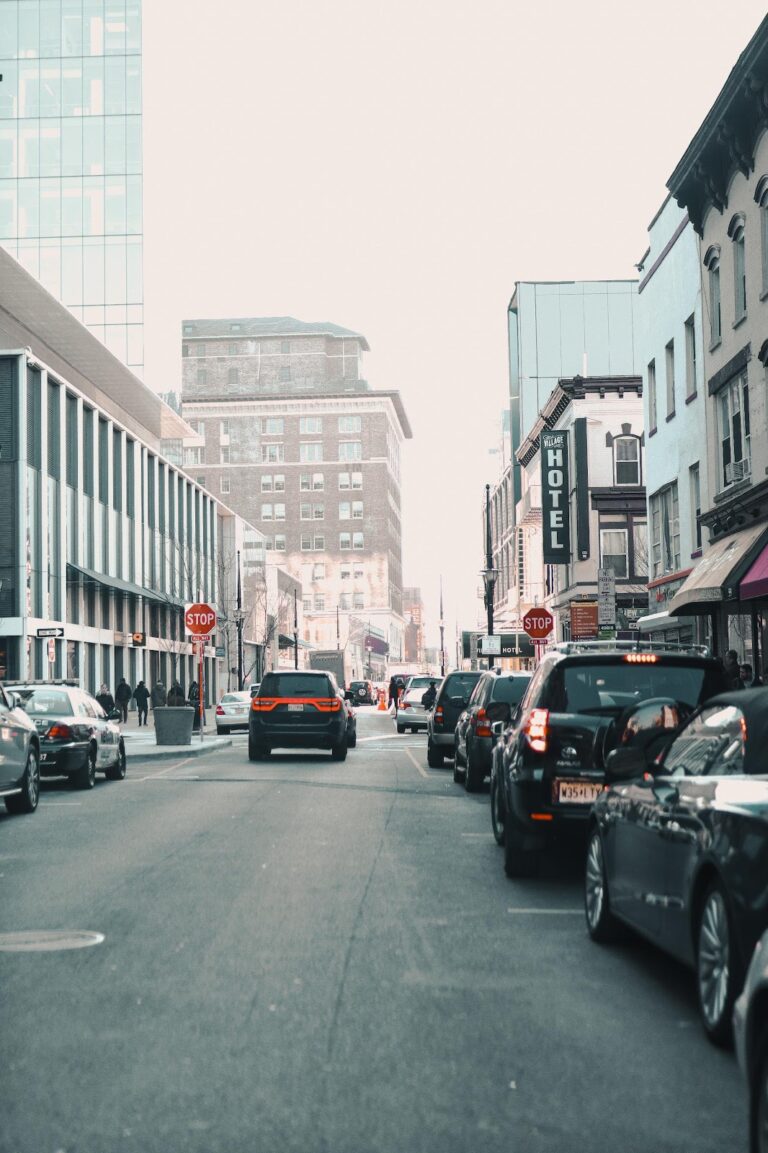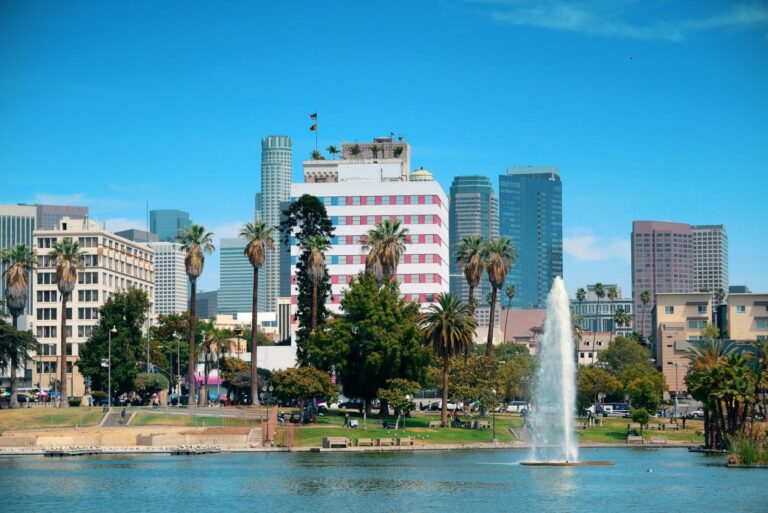Washington D.C. has an astonishing great number of world-class museums and galleries. National Gallery of Art is known to be one of the best museums of Washington D.C. it has exceptional collection of paintings and sculptures in the world.
Visit to the National Gallery of Art while availing our chauffeur services:
American Limo provides prime chauffeur services in the United States. American Limo is a top-level Limousine Service in the United States. Over the years we have served our customers with a luxurious fleet for ultimate satisfaction. We provide premier chauffeurs service to the airport, weddings, casinos, sport event, proms and corporate events. Our aim is to provide comfort, safety and satisfaction to all our valued customers. We also offer the finest limousine transportation in all major cities and Airports worldwide through a reliable and expanded Affiliate network.
National Gallery of Art:
The National Museum bears over 141,000 works of western art, comprising from the middle ages through today. The National Gallery of Art and its affixed Sculpture Garden is the national art museum in Washington, D.C. situated on the National Mall. The museum was established in 1937 for the people of America by a joint resolution of the United States Congress. Andrew W. Mellon pitched in a worthy art collection and funds for construction. Andrew Mellon donated more than 150 artworks that would become the crux of the collection of the National Gallery of Art in Washington, D.C.
The Gallery’s collection of paintings, drawings, prints, photographs, sculptures, medals and decorative arts uncovers the development of Western Art from the middle Ages to the present. The gallery’s campus encompasses the genuine neoclassical West Building, which is linked underground to the modern East Building and the 6.1-acre Sculpture Garden. The Gallery often gives brief special exhibitions spanning the world and the art history. It is one of the largest and free Museums in America and is open for the public. The National Gallery of Art comprises of Ginevra de Benci, the only Leonardo da Vinci painting in any American museum and the largest mobile created by Alexander Calder.
On Sunday evenings free concerts are held at the Gallery.
In addition to the special art collections from around the world, the gallery has three apparent areas:
- West Building:
The neoclassical West Building displays European art and sculpture from the 11th century through to the early 1900s. It was designed by architect John Russell Pope who got influenced by the Pantheon in Rome for the gallery’s rotunda. The building is made from pink Tennessee marble and was finished in 1941. Stretched over 2 floors, the highlights include Ginevra de’ Benci by Leonardo da Vinci, the Niccolini-Cowper Madonna by Raphael, a self-portrait Vincent van Gogh and Claude Monet’s Rouen Cathedral, West Façade, Sunlight. There is a fascinating collection of early American furniture and decorative arts. Some of the famous exhibits are:
- Hiram Powers, The Greek Slave: when this statue of an imprisoned woman toured the United States in the late 1840s, its full nudity appalled everyone. The subject associates to Greece’s trials and tribulations for independence in the 1820s, but the anti-slavery message in the US favourite among US abolitionists. It is one of the most popular sculptures in US history.
- Jan van Eyck, the Annunciation: In a story from the Bible, the angel Gabriel announces that Mary will give birth to God’s son, Jesus. Gabriel’s words (written in Latin) are depicted in the picture by Van Eyck. Mary’s response is also displayed, although Mary’s words appear upside down and are meant to be viewed from above. White lilies stand in for Mary’s purity, while the dove is a representation of the Holy Spirit. Images from the Hebrew Bible prefigure Jesus’ life in the floor tiles.
- Leonardo da Vinci, Ginevra de’ Beni: One of just three remaining portraits of women painted by Leonardo da Vinci, this work is the only one in the Americas. It probably shows a 16-year-old Ginevra de’ Benci who is educated and self-assured at the time of her engagement. She is outside, surrounded by juniper leaves—a play on her name in Italian—in contrast to the solitary lives that wealthy ladies frequently led at home. A laurel branch, symbolising the young woman’s status as a poet, was painted on the back of the painting by the artist.
- East Building:
The East Building, in contrast, promotes the Gallery’s collection of modern and contemporary art. The Centre for Advanced Study in the Visual Arts, a research and teaching facility, is also housed in the building. The East Building highlights artwork by Picasso, Matisse, Alexander Calder, Jackson Pollack, and Andy Warhol, among others. Latest special exhibitions included “The Stations of the Cross,” “Three Centuries of American Prints,” and “Bronze Sculptures of the Hellenistic World” series by Barnett Newman. A display also commemorated the “Monuments Men,” who helped in protecting priceless artwork at the end of World War II. Their exploits were also portrayed in the same-named 2014 film. Some of the famous exhibits are:
- Pablo Picasso, Family of Saltimbanques: Picasso sought acceptance and belonging as a young artist. In this painting of travelling performers (saltimbanques), he has caught his discomfort. Picasso inserted himself in the group of these sad-looking performers by connecting with them and wearing a diamond-printed costume.
- Alma Thomas, Pansies in Washington: Alma Thomas depicts what a pansy field could appear like from an airplane’s window in this artwork. Thomas enjoyed the outdoors, and she frequently turned to her own garden for ideas for her vibrant, patterned paintings. Since Thomas taught painting in Washington, DC, public schools for more than 35 years, she has shared her passion for the arts with a large number of kids.
- Sculpture Garden:
The Sculpture Garden, which covers a 6.1-acre block next to the National Gallery of Art’s West Building, is located there. This garden showcases a variety of shrub, tree, and plant species native to America. The fountain in the middle of the sculpture garden is its most famous feature. In the winter, it functions as an ice rink. The inside seating Pavilion Cafe is another part of the garden. Any of the six entrances leads to the Sculpture Garden. For those with an interest in horticulture, the location also provides volunteer opportunities. There are some guidelines to live by while visiting the sculpture garden:
- Cycling or skating is not allowed inside the garden complex.
- No alcoholic beverage from the outside is allowed.
- Other than dogs no other animal is allowed.
- Take a tour of the National Gallery’s artworks without touching them.
Some of the famous exhibits are:
- Robert Indiana, Amor: Painter and sculptor Robert Indiana’s work frequently featured the concept of amour, meaning love in Spanish and Italian. His recognisable “LOVE” sculptures, complete with slanted Os, have been shown in public areas all over the world. The image appeared on a US postage stamp in 1973. It became connected to the peace movement during the Vietnam War.
- Louise Bourgeois, Spider: Bourgeois’ mother, who passed away when the artist was a young lady, was reminiscent of the spider. She had worked as a weaver and tapestry restorer. Many people find spiders to be terrifying or repulsive, but Bourgeois thought of them as shrewd and protective.
Ice rink:
Every winter an ice rink is put up in the Sculpture Garden. Tickets cost $9 for adults. Students get a discount. Sessions start on the hour and last for two 45-minute sessions.
The Gallery shops:
The National Gallery of Arts offers a gallery shop where you can shop souvenir. Main parts of the shiop are:
- West shop
- Concourse Bookstore
- Children’s shop
- East shop
Parking:
Public transit is the most affordable way to get to the National Gallery of Art. There are only a few parking spots accessible to tourists with disabilities. To the north and south of the gallery, there are multiple public parking spaces and garages. Starting at about $16, parking is frequently cheaper on streets to the south.
Nearby attractions:
- Museum of National History: situated to the west of the Gallery, the Smithsonian Museum of Natural History shows a collection of more than 126 million artifacts, including the Hope Diamond. Renowned for its Dinosaur Room and is the 3rd most visited museum in the world.
- National Archives: housing the Declaration of Independence, the Constitution and the Bill of Rights, the National Archives is repository for many of the nation’s significant documents. Other important items in the archives include the emancipation Proclamation, the Louisiana Purchase Treaty and a genuine version of the Magna Carta from 1297.
- National Air and Space Museum: carrying the Wright Brother’s 1903 Flyer, Charles Lindbergh’s Spirit of St. Louis and an actual moon rock, the Smithsonian Air and Space Museum chronicles the history of manned flight and space exploration. The museum also a flight simulator, a planetarium and an IMAX theater.
- U.S. Capitol Building: located at the eastern end of the National Mall, the U.S. Capitol Building is one of the fascinating buildings in Washington, D.C. An emblem of American Democracy, the building is open for visitors to see government in action. You will gain acuity of the legislative process and understand the history of significant political figures.
Make your Reservations now with American Limo and we will make sure to provide you with the best possible services. Click here and make reservations now. For special requests and queries please contact us




